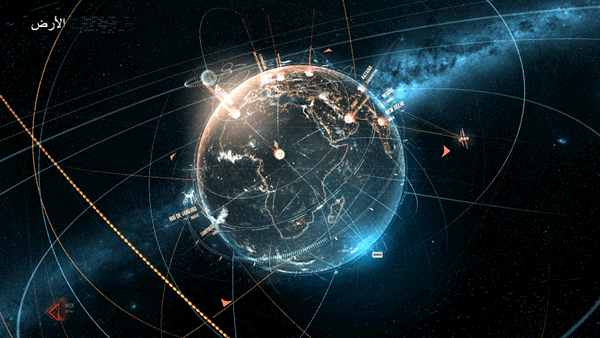- Details
- Category: Technology transfer
Technology Transfer: Technology encompasses all knowledge, products, processes, tools, methods, and systems used in the creation of goods or the provision of services. One of the areas of technology management that requires comprehensive vision and insight is technology transfer. Today, industrialization is heavily reliant on technology transfer.
In the modern world, there is a direct relationship between technological development and economic, social, political, and cultural progress in a country. Technology can be seen as a fundamental factor in creating wealth, capability, and knowledge for countries and a powerful tool in national development. Thus, on an international level, the technological war has replaced military conflicts. Therefore, adopting technology development strategies in various sectors of a country's economy is essential for its reconstruction and economic development, and without it, achieving goals such as economic self-sufficiency, national development, and improved living standards would be impossible.
Technology transfer refers to the deployment and utilization of technology in a location other than its initial creation. In other words, it is the process by which technology flows from a source to a recipient. Technology transfer can be a complex and challenging process. Purchasing and transferring technology without the necessary study and examination will not only be ineffective but may also weaken domestic technology. The approach to technology transfer should be considered as a process through which imported technology is used not only for production but also as a basis for creating new technologies.
Technology transfer is conducted in two ways: horizontal transfer and vertical transfer.
Horizontal Technology Transfer:
Horizontal technology transfer refers to the transfer or dissemination of a technology from one industry or scientific field to another. It may involve a technology from a specific industry suddenly entering another industry and creating significant changes within it. This transfer can occur through collaborations, buying and selling technology ownership, participating in research and development projects, or even through open-source communities.
Vertical Technology Transfer:
Vertical technology transfer refers to the transfer or dissemination of a technology across different levels of an industry or organization hierarchy. In this case, the technology is moved from a lower or origin level to a higher or destination level within organizational or industrial hierarchies. In other words, vertical technology transfer involves transferring the technical experience and knowledge gained at a lower level in the hierarchy to a higher level. This transfer can take place through specialized training and education, knowledge transfer among employees, or the utilization of appropriate administrative systems and processes. Vertical technology transfer can also aim to enhance processes, performance, and operational execution within organizations. By transferring technical knowledge from lower levels to higher levels, organizations can experience continuous improvements in their performance, quality, and business outcomes. This transfer can lead to the development of employee skills and expertise, improvement of organizational structures, and the transformation of organizational culture.
Both types of technology transfer ultimately bring various improvements to industries, organizations, and societies. Depending on the conditions and applicable fields, both forms of transfer can lead to significant changes in technology advancement, competitiveness, and sustainable development.





 USA
USA CEO@WORLDMIS.COM
CEO@WORLDMIS.COM +905313342430
+905313342430







